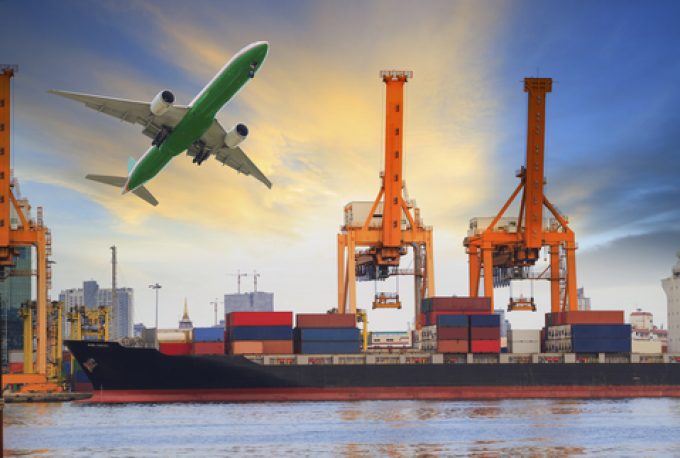Australia subsidises forwarders to pool shipments to get cargo in the air
Australian freight forwarders need to work together to consolidate cargo and “defend” the country’s agricultural ...

With no sign of Australia’s international borders reopening, time-sensitive shippers are increasingly turning to air-sea logistics to get cargo into the country.
Typically, shipments from Europe are transported via airfreight to Hong Kong or Singapore, where the cargo is loaded onto a container vessel for the final leg to Australia.
According to Joe Carbone, sales director of Melbourne-based airfreight specialist Magellan Logistics, air-sea solutions have gained traction amid the escalating freight rates experienced since the start of the Covid-19 crisis.
“With the reduction ...
Asia-USEC shippers to lose 42% capacity in a surge of blanked sailings
USTR fees will lead to 'complete destabilisation' of container shipping alliances
New USTR port fees threaten shipping and global supply chains, says Cosco
Outlook for container shipping 'more uncertain now than at the onset of Covid'
Transpac container service closures mount
DHL Express suspends non-de minimis B2C parcels to US consumers
Zim ordered to pay Samsung $3.7m for 'wrongful' D&D charges
Flexport lawsuit an 'undifferentiated mass of gibberish', claims Freightmate

Comment on this article